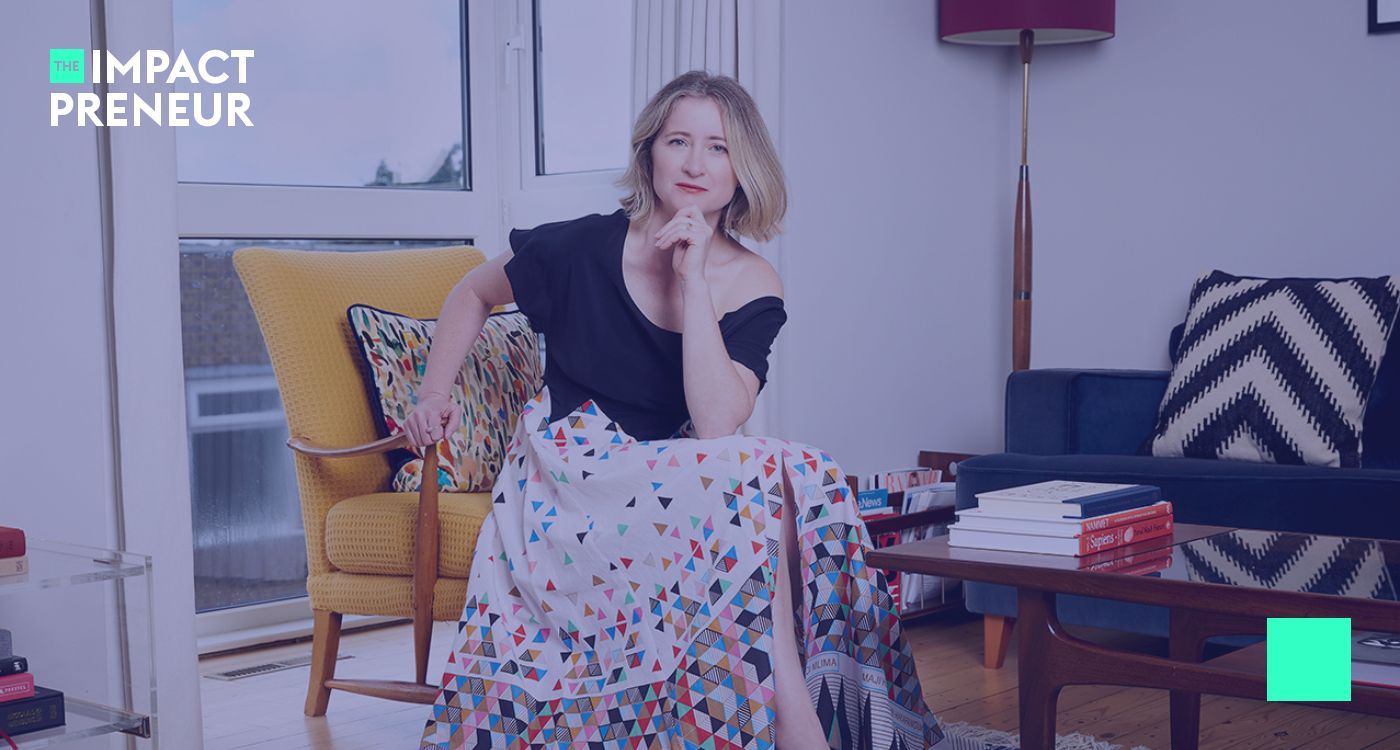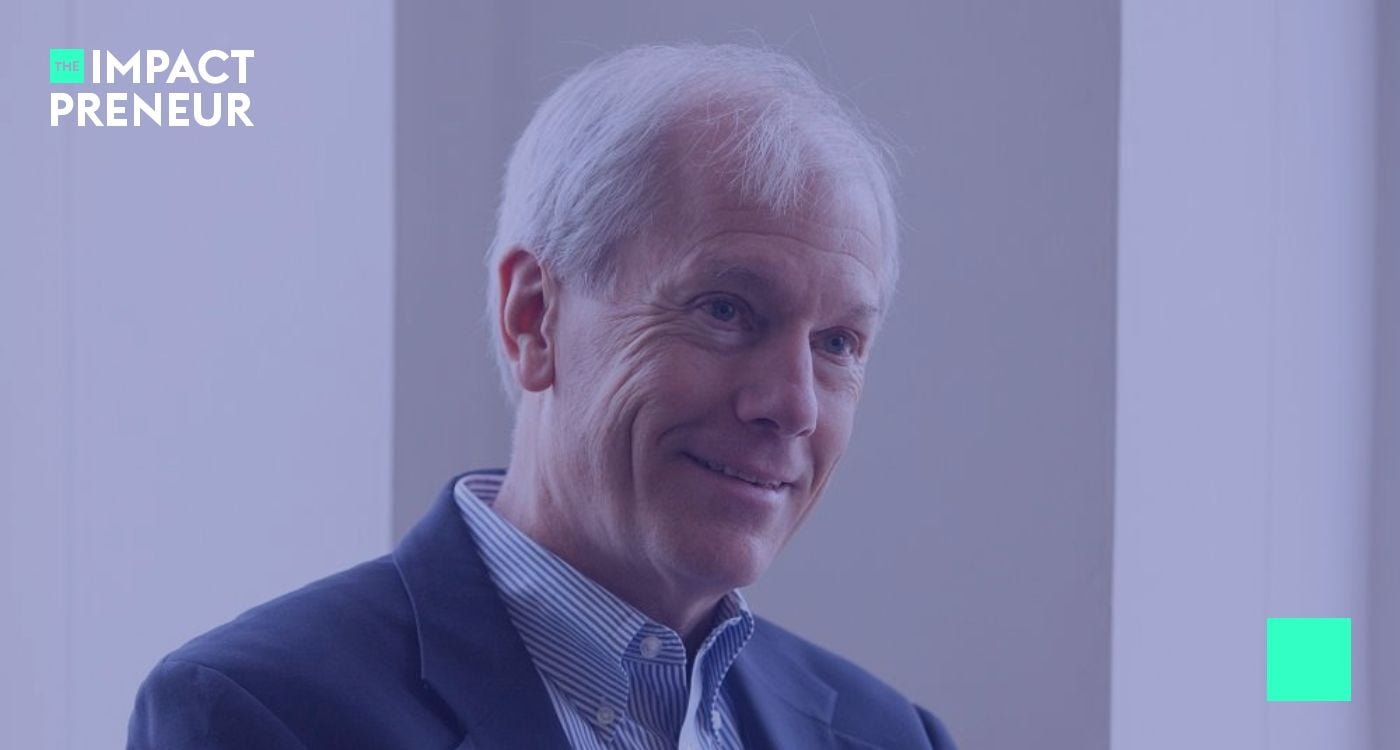Photo: Lucy Shea | Source: Fashionistable
In a world where fashion’s glitter often overshadows its impact on the planet, a new narrative is being sewn together—one where sustainability isn’t just an accessory, but the main outfit. It's a story where eco-friendly practices meet runway glamour, proving that what we wear can both look good and do good. But how does one navigate this shift? With pioneers like Lucy Shea and Futerra leading the charge, the pathway to a greener wardrobe is becoming clearer and more stylish than ever.
Quick Bites:
- Sustainable fashion is not just possible; it's becoming a trendsetter’s dream.
- The most eco-friendly piece of clothing is the one you already own.
- Big brands and small innovators alike are stitching sustainability into every seam.
- Every choice we make in our wardrobe can contribute to a greener planet.
The Unsung Heroes Behind Your Wardrobe
Imagine a world where your clothes do more than just make a statement about your style; they speak volumes about your values, especially your commitment to protecting our planet. This is the world Lucy Shea and her team at Futerra are tirelessly working to create. Under her leadership, Futerra is not just advising brands on being “less bad” for the environment; they’re helping them turn sustainability into their superpower. With clients like Tommy Hilfiger and REI, they’re proving that sustainability and style can walk hand in hand, or rather, stride down the runway together.
"Working with big brands puts sustainability on the mainstream map," Shea asserts, emphasizing the impact that larger players can have in transforming the industry.
But it’s not just about the big names. Futerra’s approach to change—whether with multinational corporations or smaller, niche brands—makes sustainability an inseparable part of brand identity. The challenge isn’t just about reducing harm; it’s about creating a new fashion ecosystem that’s as sustainable as it is stylish.
This transformation isn’t just about lessening environmental impact; it’s about integrating sustainability into the very fabric of the fashion industry, making it a core aspect of every garment's design and production.
The Road Less Traveled: Paving the Way with Sustainable Threads
The fashion industry, with its flair for the dramatic and the beautiful, is perfectly poised to lead the charge towards a more sustainable future. It’s an industry that touches everyone, influencing not just what we wear but how we see ourselves and our place in the world. This unique position makes fashion a powerful platform for change, one that can champion sustainability not as a sacrifice but as a choice that adds value to our lives and to the planet.
“I love fashion. But I also felt guilty and I couldn't reconcile my professional life and how I felt as a person,” Shea recounts, highlighting the internal conflict many face when confronting the environmental impact of their fashion choices.
Lucy Shea’s journey from fashion lover to sustainability advocate is a testament to the industry's potential for transformation. Through initiatives like sustainable fashion awards and clothes swap parties, she has shown that eco-consciousness can be as much a part of our wardrobe as our favorite pair of jeans.
The challenges facing the fashion industry are significant, from pollution and waste to unethical labor practices. Yet, these challenges also present opportunities for innovation and transformation. By addressing these issues head-on, the industry can reinvent itself, emerging as a leader in the global movement towards sustainability.
"Fashion can make sustainability fashionable," Shea reflects.
What makes fashion an ideal arena for promoting sustainability is its inherent creativity and its ability to set trends. Fashion has the power to make sustainability desirable, to turn eco-friendly practices into sought-after trends. This is the vision that guides Futerra’s work: to harness the glamour and appeal of fashion as tools for environmental advocacy. In doing so, they’re not just changing the industry; they’re changing the way we think about our clothes and our planet.
The Closet Revolution: Your Role in Fashioning a Greener Tomorrow
As consumers, we hold immense power in shaping the future of fashion. Every purchase we make is a vote for the kind of world we want to live in. By choosing brands that prioritize sustainability, we can drive the industry towards greener practices. This doesn’t mean sacrificing style for sustainability; on the contrary, it means redefining what style means in the context of an environmentally conscious world.
One of the most powerful actions we can take is to love our clothes longer. In a world obsessed with the new, there’s radical potential in valuing the old, in finding joy and beauty in the wardrobe pieces we already own. The sustainable choice isn't always about buying new, eco-friendly garments but also about cherishing and extending the life of what we have. Through repairs, alterations, and creative reuse, we can transform our approach to fashion, making it a force for good.
"The most sustainable item is the one you already own," Shea cites, emphasizing the importance of loving and caring for our existing wardrobes.
The movement towards sustainable fashion also opens up a world of innovation and creativity, inviting us to explore new materials, designs, and ways of thinking about our clothes. Brands are increasingly experimenting with eco-friendly fabrics, circular production methods, and transparent supply chains, driven by demand from consumers who care. By supporting these innovators, we can help make sustainable fashion not just a niche market but the industry standard.
But it's not just about buying better; it's also about buying less. The culture of fast fashion, with its relentless push for more, faster, cheaper, is antithetical to sustainability. By slowing down, choosing quality over quantity, and embracing the ethos of "less but better," we can help shift the industry towards more sustainable practices. It's a change that starts in our closets but has the power to ripple out, affecting the entire fashion ecosystem.
"The desire to consume is not necessarily bad; it's the impacts of consumption we have a problem with," Shea notes, encouraging a balance between personal expression and environmental responsibility.
Finally, the power of community cannot be underestimated. Sharing, swapping, and talking about sustainable fashion can help spread the word, creating a collective movement towards change. Whether it's hosting a clothing swap party, joining a sustainable fashion forum online, or simply discussing eco-friendly brands with friends, every conversation adds momentum to the movement.
What You Can Do:
As we stand on the cusp of this sustainable fashion revolution, here are actionable steps to help align your wardrobe with your values:
- Audit Your Closet: Take stock of what you own. Appreciate the stories behind your clothes and decide what really matters to you.
- Research Before You Buy: Look into brands' sustainability claims. Support those transparent about their practices and committed to making a positive impact.
- Embrace Second-hand: Explore the world of thrift stores, vintage finds, and online resale platforms. There's joy in discovering pre-loved gems.
- Care for Your Clothes: Learning basic repair skills can extend the life of your garments significantly. Wash clothes with care, and store them properly to extend their life.
- Spread the Word: Talk about sustainable fashion. Share your journey, your challenges, and your successes. Inspire others to join the movement.
By choosing sustainability, we're not just making a statement about our style; we're contributing to a larger narrative of change, one that values our planet and its people. This encapsulates the transformative potential of sustainable fashion, not as a trend, but as a fundamental shift in how we perceive, produce, and consume fashion.
Questions on the Topic
Q: What makes fashion an important sector to focus on for sustainability?
A: Well, let's not beat around the bush – fashion's environmental and social footprint is, frankly, massive. But here's the twist: fashion is also a cultural powerhouse. It influences, it inspires. Imagine turning its vast reach into a force for good. Fashion has the power, the sheer glamour, to make sustainability the next big thing. It's a sector where change can ripple through society, influencing everything from consumer behavior to global supply chains.
Q: What are the biggest hurdles in achieving sustainable fashion at scale?
A: Fear. It’s the boogeyman hiding in the closets of big brands. Fear of getting it wrong, of greenwashing accusations, of higher costs. But beyond fear lies opportunity – the chance to redefine the industry, to trade in outdated practices for innovative, sustainable solutions. It's a call to action for brands to step up, challenge the status quo, and embrace the change consumers are clamoring for.
Q: What's the most critical change needed in the fashion industry today?
A: Living wage. It’s a game-changer, the key to unlocking a cascade of positive impacts, from female empowerment to environmental stewardship. It's time for the fashion industry to take a hard look at its supply chain and ensure that everyone, from the seamstress to the store manager, is paid fairly. It's not just the right thing to do; it's the smart thing.
Q: How can small sustainable brands make a bigger impact?
A: Keep on keeping on! Small brands are the industry's lifeblood, pioneering innovations that larger companies often follow. Lucy’s advice? Lean into your strengths, whether that's unique materials, social causes, or circular models. Your passion and innovation pave the way for a more sustainable future.




